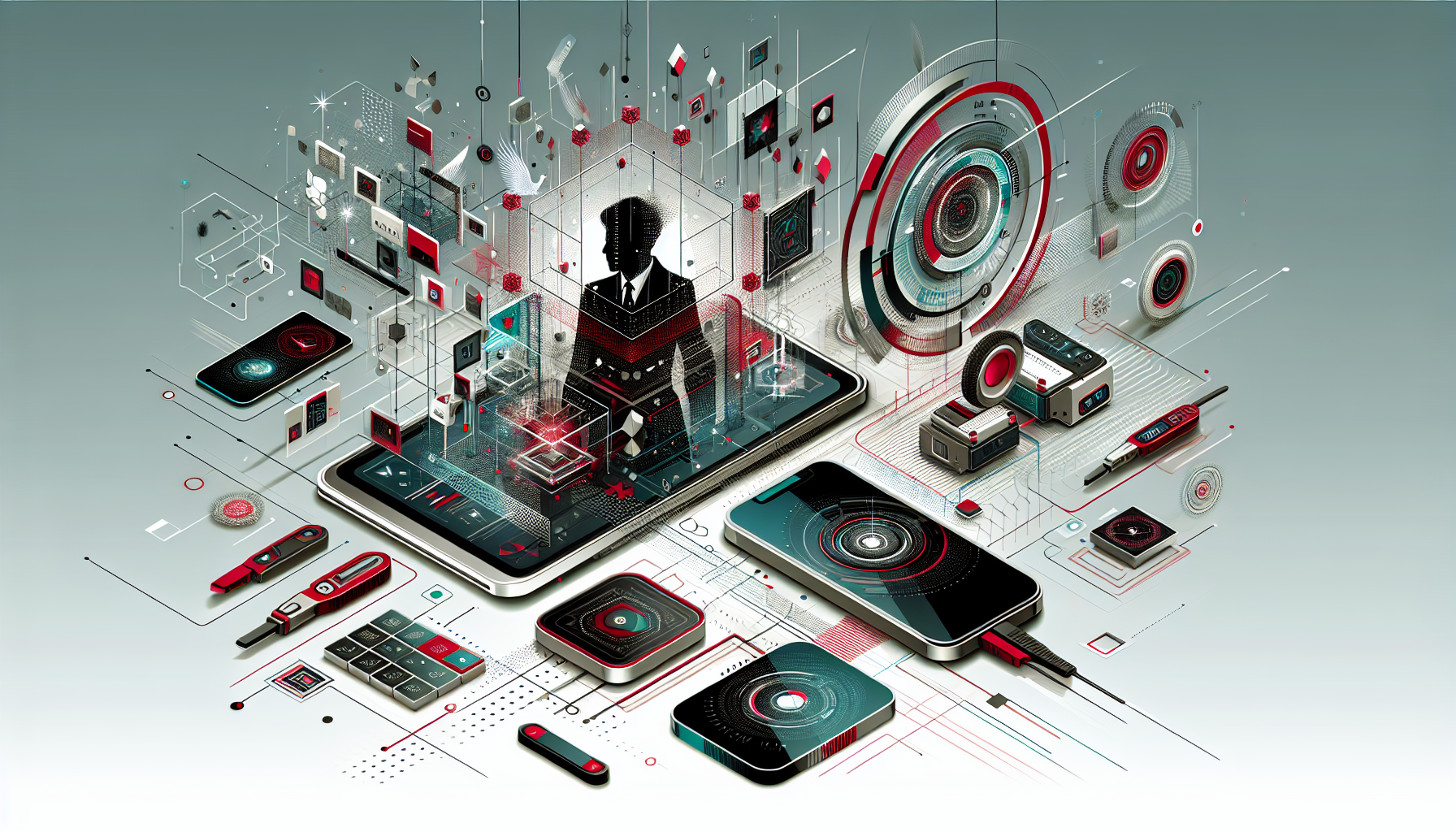Augmented Reality: The Next UX Revolution

Understanding Augmented Reality (AR)
Augmented Reality (AR) is a technology that overlays digital information—such as images, sounds, or other data—onto the real world. Unlike Virtual Reality (VR), which creates a completely immersive digital environment, AR enhances the user’s perception of the real world.
Key Components of AR
- Sensors and Cameras: Capture information about the user’s surroundings and help in superimposing digital content onto the real environment.
- Processing: Devices need to process data quickly to render augmented components in real-time.
- Display: Can range from mobile screens to specialized AR glasses, presenting the digital overlay to the user.
- Interaction: Allow users to interact with digital elements through gestures, voice, or touch.
The Impact of AR on User Experience (UX)
Enhanced Interaction
AR transforms user interaction by making digital information tangible and accessible within the physical world. This interaction can be more intuitive and engaging than traditional interfaces.
- Example: IKEA’s AR app lets users visualize furniture in their home space before purchasing, enhancing decision-making and reducing return rates.
Contextual Relevance
AR provides contextually relevant information, enhancing the user’s experience by delivering data that aligns with their immediate surroundings.
- Example: AR navigation apps overlay directions on the real-world path, minimizing confusion and enhancing wayfinding.
Personalization
AR allows for personalized content delivery based on the user’s location, preferences, and past behaviors, enhancing user satisfaction and engagement.
Technical Aspects of AR Development
AR Development Platforms
| Platform | Description | Languages Supported |
|---|---|---|
| ARKit | Apple’s platform for iOS devices | Swift, Objective-C |
| ARCore | Google’s platform for Android devices | Java, Kotlin |
| Unity with Vuforia | Cross-platform tool for developing AR applications | C#, JavaScript |
Developing an AR Application: A Basic Workflow
- Define the Purpose: Identify the specific problem or need the AR app will address.
- Choose a Platform: Depending on the target audience and devices, select an appropriate development platform.
- Design UI/UX: Aim for a seamless integration of digital elements with the real world. Use wireframes and prototypes to visualize interaction.
- Develop and Test: Write code, integrate AR SDKs, and test in real-world scenarios. Use the following basic code snippet for ARKit in Swift:
import ARKit
import SceneKit
class ViewController: UIViewController, ARSCNViewDelegate {
@IBOutlet var sceneView: ARSCNView!
override func viewDidLoad() {
super.viewDidLoad()
let scene = SCNScene()
sceneView.scene = scene
sceneView.delegate = self
}
override func viewWillAppear(_ animated: Bool) {
super.viewWillAppear(animated)
let configuration = ARWorldTrackingConfiguration()
sceneView.session.run(configuration)
}
override func viewWillDisappear(_ animated: Bool) {
super.viewWillDisappear(animated)
sceneView.session.pause()
}
}
- Iterate Based on Feedback: Use user feedback to refine and improve the application.
AR Use Cases Across Industries
Retail
- Virtual Try-Ons: Customers can try on clothes or accessories virtually, improving the shopping experience.
- Product Visualization: As seen with IKEA, users can visualize products in their own space.
Education
- Interactive Learning: AR can overlay information onto textbooks or real-life objects, making learning more interactive and engaging.
- Virtual Field Trips: Students can explore historical sites or natural ecosystems in an immersive way.
Healthcare
- Surgical Assistance: AR can provide surgeons with real-time data and visualizations overlaid on the patient.
- Medical Training: Trainees can practice procedures in a controlled yet realistic environment.
Manufacturing
- Maintenance and Repair: AR can guide technicians through complex procedures with step-by-step instructions overlaid on machinery.
- Design and Prototyping: Engineers can visualize changes in a physical space without the need for physical prototypes.
Best Practices for AR UX Design
- Minimize Clutter: Ensure digital overlays do not obscure essential real-world elements.
- Maintain Context: Digital information should be contextually relevant and timely.
- Ensure Accessibility: Design for a wide range of users, including those with disabilities.
- Prioritize Usability: Focus on simple, intuitive interactions to enhance user engagement.
By understanding the intricacies of AR and leveraging its unique capabilities, developers and designers can create revolutionary user experiences that bridge the digital and physical worlds.





0 thoughts on “Augmented Reality: The Next UX Revolution”